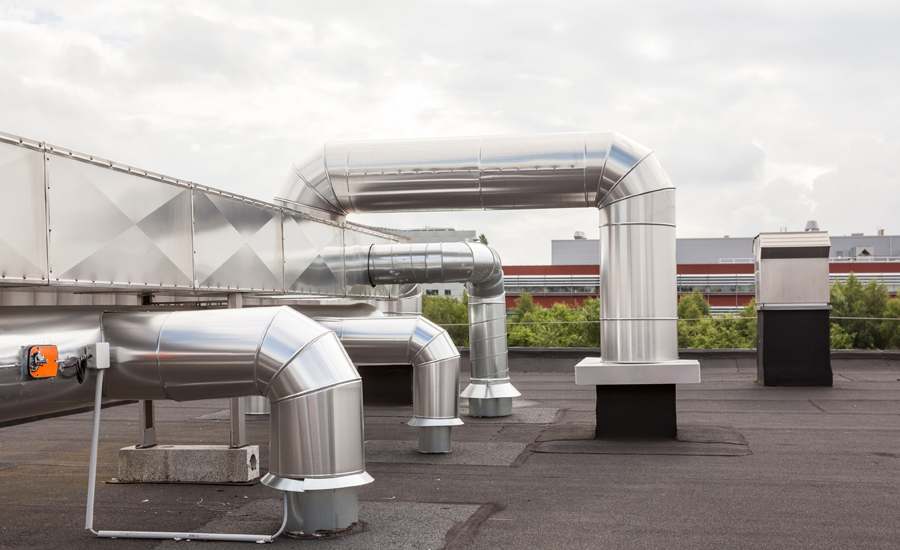Roofing Code: Roof Ventilation

DAMPPROOFING AND WATERPROOFING
Section 1807.2.2.1
SURFACE PREPARATION OF WALLS
Prior to the application of dampproofing materials on concrete walls, holes and recesses resulting from the removal of form ties shall be sealed with a bituminous material. Unit masonry walls shall be parged on the exterior surface below ground level with not less than 0.375-inch of Portland cement mortar.
CODE INTERPRETATION
This section implies that the wall must be free of all voids, openings, cracks, honeycombs, fissures and other imperfections prior to the application of the dampproofing material. Concrete walls can be repaired using bituminous materials or other products approved by the material manufacturer. The parging shall be coved at the footing.
ROOFING
Section 1503.5
ROOF VENTILATION
Intake and exhaust vents shall be provided in accordance with Section 1203.2 and the manufacturer’s installation instructions.
CODE INTERPRETATION
This code implies that all steep-slope shingle roof systems require the application of proper roof ventilation. The ventilation must be in compliance with Section 1203.2 which states:
“Enclosed attics and enclosed rafter spaces formed where ceilings are applied directly to the underside of the roof framing members shall have cross ventilation for each separate space by ventilation openings protected against the entrance of rain and snow.”
Section 1203.2 also states that openings in the insulation and the deck shall be provided—not less than 1-inch—so there is no blockage of the air movement. Ventilation is required to prevent condensation that could lead to dry rot of the roof substrate.
During cold weather, condensation occurs on cold surfaces when warm air—from the interior—rises to the attic space and collects on the cold underside of the substrate. The ventilation prevents moisture condensation on the cold surfaces.
Looking for a reprint of this article?
From high-res PDFs to custom plaques, order your copy today!




